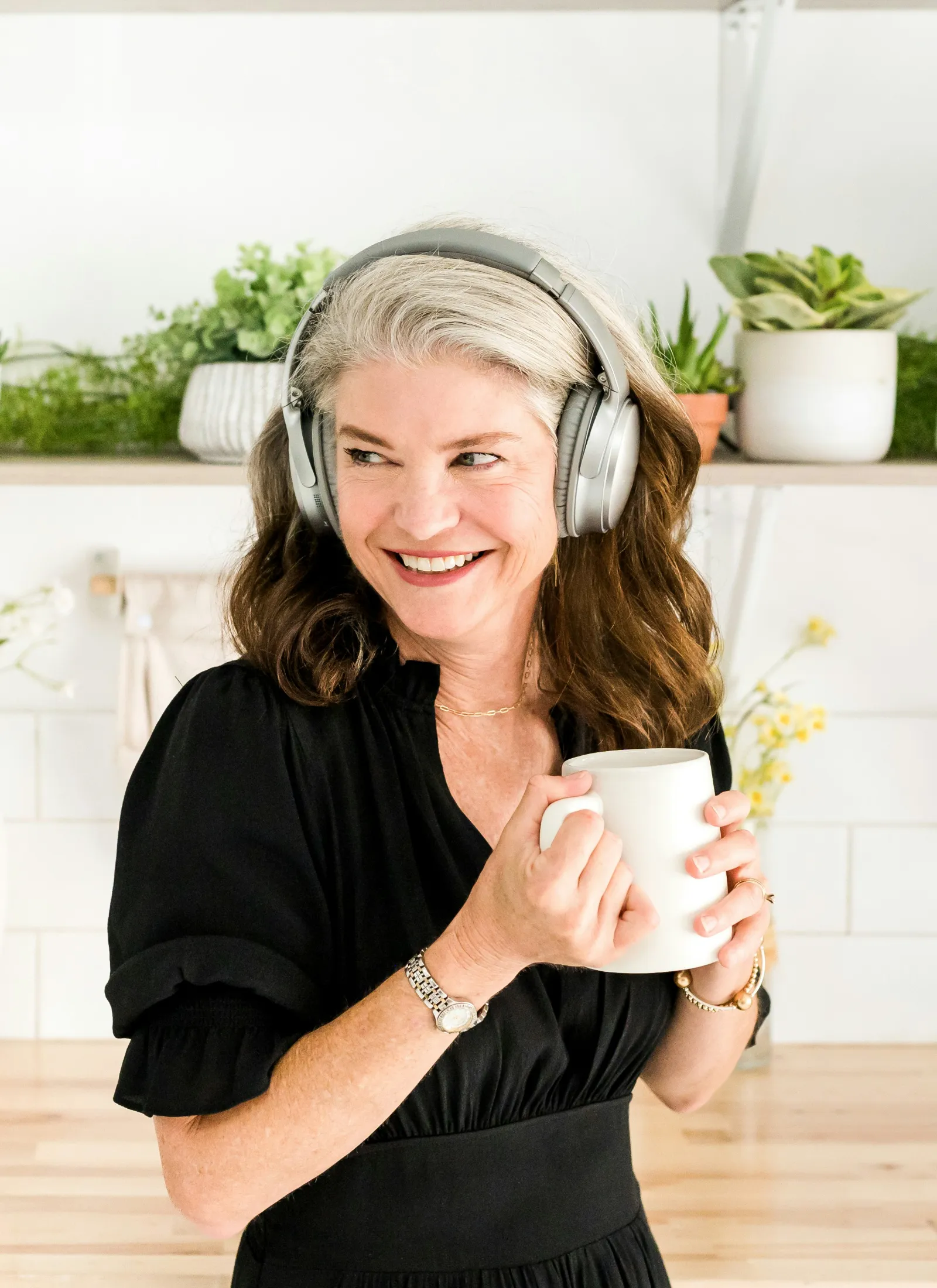
What A Willow Tree Taught Me About Recovery
The willow tree taught me everything about recovery before I knew I'd need it.
At seven years old, I discovered a massive willow on the edge of our property. Its cascading branches created a natural room, hidden from the world but open to the sky. I spent countless afternoons there, reading, thinking, just being.
I had no idea I was building my first sanctuary.
Years later, when alcohol became my prison instead of my escape, I forgot what sanctuary felt like. The bottle promised relief but delivered isolation. Where my childhood willow offered chosen solitude, addiction trapped me in unwanted loneliness.
The difference nearly killed me.
Recovery taught me the distinction between solitude and isolation. Research confirms what I learned the hard way: solitude can be empowering when we choose it intentionally, while isolation feels like punishment we can't escape.
My willow sanctuary had four qualities that would later become essential to my recovery.
Contained
The drooping branches created clear boundaries. Inside felt separate from the chaos of childhood, school, and family dynamics. The space had edges.
Recovery spaces need the same containment. Not walls that imprison, but boundaries that protect. A place where the outside world's demands can't immediately intrude.
Chosen
Nobody forced me under that tree. I went because I wanted to, when I needed to. The voluntary nature made all the difference.
Addiction strips away choice. Recovery gives it back. Greater control equals less stress, and healing accelerates when people can decide their own environment, timing, and engagement level.
Composed
The willow created calm. Filtered sunlight, gentle movement, natural quiet. My nervous system settled there automatically.
Environmental features significantly promote recovery by reducing stress, anxiety, and depression. The space itself becomes medicine.
Consistent
The tree was always there. Rain or shine, good days or bad, my sanctuary remained accessible. Reliability built trust.
Recovery demands the same consistency. Healing happens through repetition, through returning again and again to what works.
My childhood sanctuary was solitary, but recovery sanctuaries often include community. The willow taught me about space and boundaries. Sobriety taught me about connection and shared experience.
Both were necessary. Both were healing.
Building Your Own Sanctuary
Recovery begins with remembering what genuine peace feels like. Then giving yourself permission to build it again.
Your sanctuary might be a corner of your bedroom, a local park, a coffee shop at dawn, or a support group that meets weekly. The location matters less than the qualities.
Ask yourself: Is this space contained enough to feel separate from daily stress? Did I choose to be here, or do I feel trapped? Does the environment calm my nervous system or activate it? Can I access this consistently when I need it?
The goal is becoming the architect of your own healing space instead of the prisoner of your own coping mechanisms.
That willow tree is still there, decades later. Sometimes I visit and remember the child who instinctively knew what his soul needed. He was wiser than he realized.
He was already practicing recovery.









